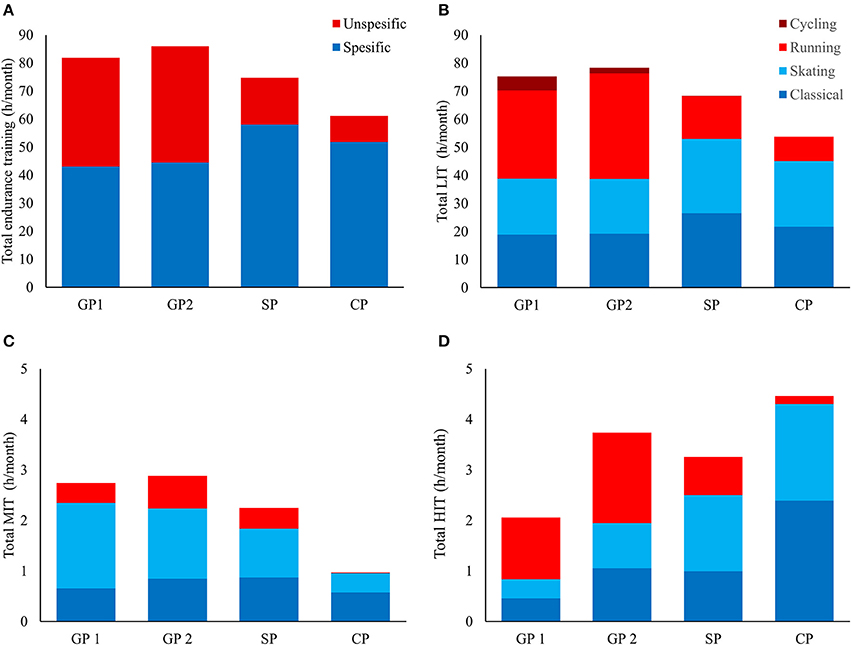What I find is that, to me, biking at my AeT (I’m just using the MAF method for that one so it might not be my actual AeT, but oh well) seems much, much more strenuous than doing a run at that same HR (Between 150-155bpm). I feel like I need to spin with more power (higher wattage) than I would produce when running to get to the same HR. So, endurance-wise, it feels the same but I notice that it tires my legs more.
As I understand it, it feels more powerful because it is. With less muscle mass to stress the heart and lungs, the working muscle mass would have to work harder to create the same response.
I suspect that this is why Coggan recommends 75% of FTP for base building. 75% of FTP for a well-trained rider is well below AeT. (And probably right around where an untrained rider needs the most work.)
As far as training goes, zones are just bad proxies for different lactate levels of exertion. Regardless of the sport, you want to:
1) Do as much ~2mM training as you can tolerate. For the untrained, that will be a lot. For the well-trained, the speed at ~2mM is almost as stressful as anaerobic work, so the volume will be much lower; and
2) Make sure that it’s supported with a lot of ~1mM work which will feel easy for the well-trained and oh-my-god-this-is-doing-nothing easy for the untrained.
3) When appropriate, add in the right amount of ~3, ~4, and >4 mM work to sharpen for your event. (The amount will vary by individual and event.)
Do those 1-5 numbers remind you of anything? As I understand it, the original 5-zone system was built with the lactate values as reference numbers…
If we had real-time access to blood lactate, we could ignore heart rate altogether. When running, the same lactate value might elicit a higher heart rate; and cycling, lower. But if we knew what our lactate values were, heart rate would quickly become irrelevant.

